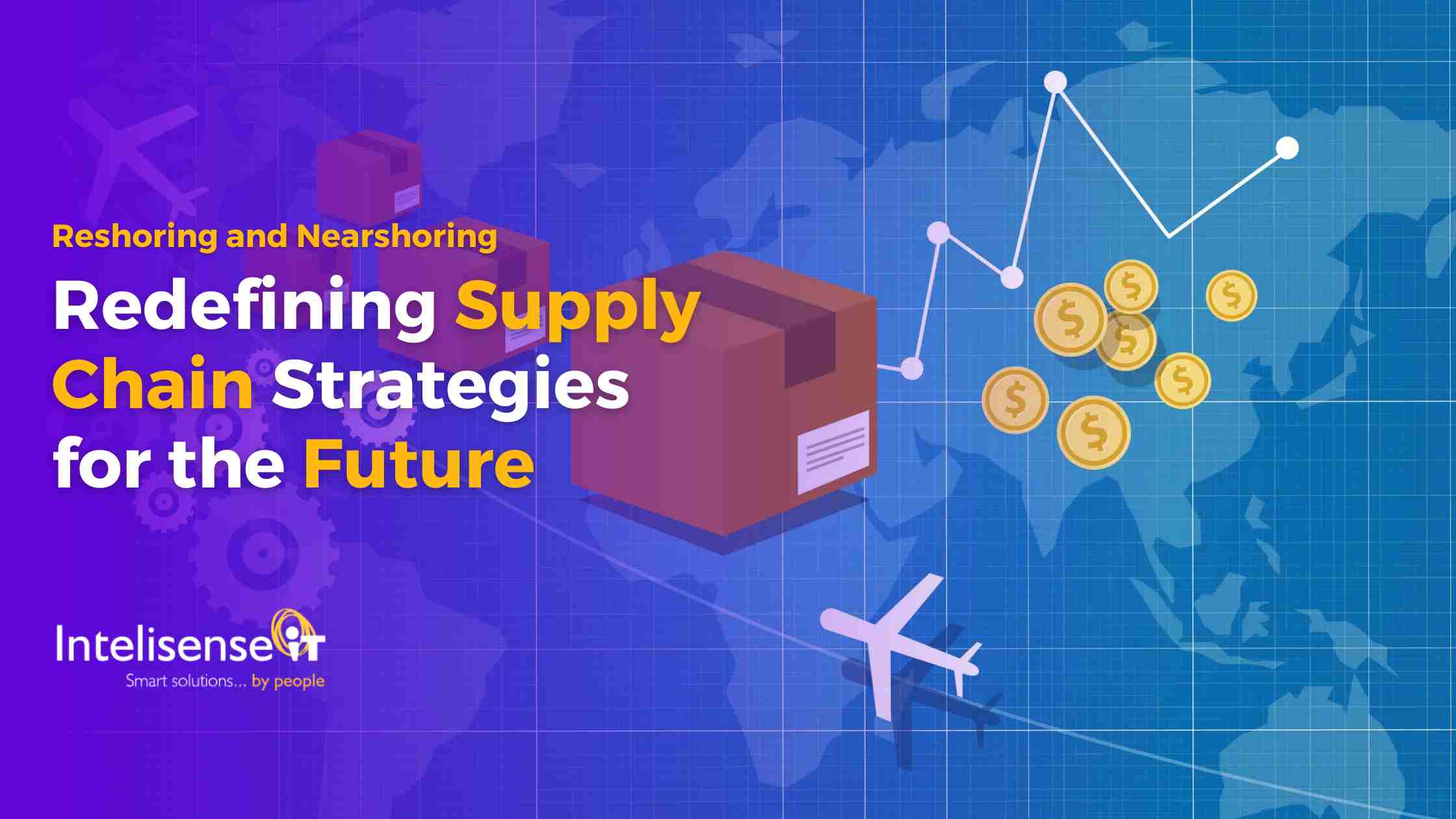In the realm of supply chain management, the concepts of reshoring and nearshoring have been
generating significant interest and reshaping the way businesses approach their global operations. As
we explore into the intricacies of these strategies, it becomes apparent that they hold the potential
to redefine supply chain dynamics and foster a new era of agility, resilience, and efficiency. With the
realisation that a resilient and agile supply chain is crucial for navigating uncertainties, businesses are
reconsidering the advantages of bringing manufacturing and production closer to home.
Reshoring refers to the practice of bringing back manufacturing or production processes to the
domestic market from overseas locations. This strategic shift is often driven by a desire to reduce
dependence on distant suppliers, mitigate supply chain risks, improve quality control, and support
local economies.
The resurgence of interest in reshoring and nearshoring is indicative of the evolving priorities and
challenges faced by businesses in an increasingly complex global landscape. These strategies offer a
range of benefits, including:
Risk Mitigation: Reshoring and nearshoring enable companies to diversify their supplier base,
reducing the vulnerabilities associated with relying heavily on distant or single-sourced components.
Agility and Responsiveness: Proximity to suppliers facilitates quicker response times, enabling
businesses to adapt rapidly to changing market demands and disruptions.
Enhanced Responsiveness to Market Demands: The ability to respond swiftly to market demands is a
key advantage of reshoring and nearshoring. Businesses can adjust production levels, introduce new
products, or modify existing ones more efficiently, aligning their offerings with changing consumer
preferences.
Quality Control:By bringing production closer to home or to nearby locations, organisations can
exercise tighter control over product quality and compliance with standards and regulations.
Sustainability:Shorter transportation distances in nearshoring and reshoring scenarios contribute to
reduced carbon emissions and environmental impact, aligning with sustainability goals.
Global Network Optimisation:Companies adopting reshoring or nearshoring often reassess their
global network and supply chain design. This optimisation can lead to more efficient and streamlined
operations, enhancing overall competitiveness.
In this landscape of strategic realignment, Microsoft Dynamics 365 (D365) emerges as a critical
enabler for organisations seeking to execute successful reshoring and nearshoring initiatives. The
capabilities of D365 play a pivotal role in streamlining operations, fostering collaboration, and driving
efficiency across the supply chain.
D365 provides real-time visibility into supply chain processes, empowering businesses to make
informed decisions when evaluating the feasibility of reshoring or nearshoring options. This visibility
facilitates a comprehensive understanding of the end-to-end supply chain, enabling organisations to
identify potential risks and opportunities associated with reshaping their sourcing and production
networks.
Leveraging D365’s collaborative features, businesses can engage with and evaluate potential
nearshore or reshore suppliers more effectively. The platform facilitates seamless communication,
document sharing, and performance monitoring, thereby enhancing the supplier selection process
and fostering stronger partnerships.
D365’s advanced analytics capabilities enable organisations to analyse demand patterns and market
dynamics, supporting informed decisions regarding the redistribution of production activities. By
leveraging accurate forecasting and demand planning, businesses can optimise their reshoring or
nearshoring strategies to align with changing market needs.
D365 equips businesses with the tools to monitor compliance requirements and assess risks
associated with reshoring or nearshoring activities. The platform’s risk management functionalities
enable organisations to evaluate regulatory compliance, geopolitical factors, and other risk variables,
thereby facilitating informed decision-making in reshaping their supply chain footprint.
In conclusion, the resurgence of reshoring and nearshoring signifies a pivotal shift in the global
supply chain landscape. With Microsoft D365 serving as a catalyst for this transformation, businesses
are well-positioned to navigate the complexities of reshaping their supply chain strategies with
agility, efficiency, and informed decision-making.





